Multi-groups of data outline the construction of "bright eyes" transcripts in a transportation power, which is more convenient and smarter.
CCTV News:On the morning of February 28th, the State Council Press Office held a press conference. According to the Ministry of Transport, this year marks the 5th anniversary of the publication of the Outline of Building a Powerful Transport Country. In the past five years, China’s transportation infrastructure network has been stronger, and the mileage of the national comprehensive transportation network has exceeded 6 million kilometers. A number of sets of data outline the "eye-catching" transcripts of the construction of a strong transportation country.

Let’s take a look at the "home" of China’s traffic network. At present, the operating mileage of China’s railways is 159,000 kilometers, including 45,000 kilometers of high-speed railways and 5.441 million kilometers of national highways, including 184,000 kilometers of expressways. The navigation mileage of inland waterways is 128,000 kilometers, including 17,000 kilometers of high-grade waterways; It has 22,000 berths for port productive terminals, including 2,883 10,000-ton terminals; There are 259 airports for civil aviation transportation, including 38 airports with annual passenger throughput exceeding 10 million passengers.
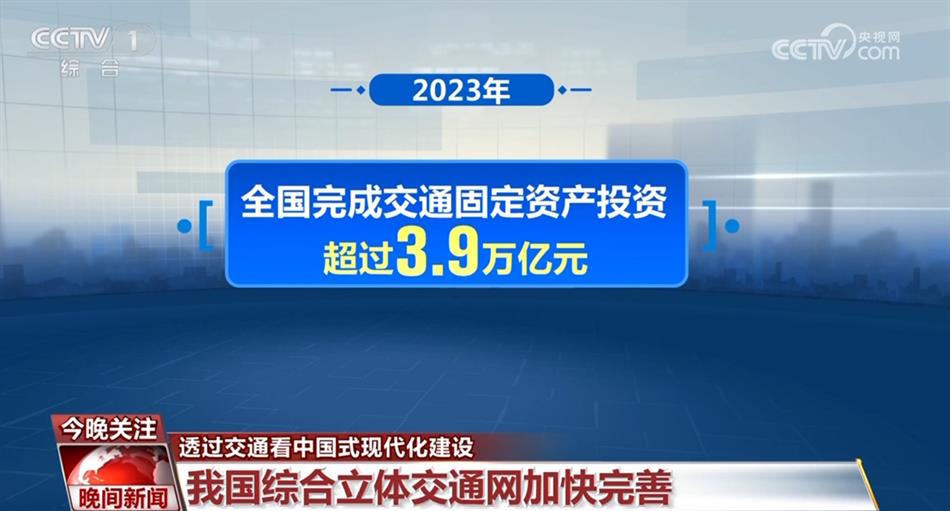
In the past five years, China’s accumulated investment in transportation fixed assets has exceeded 18 trillion yuan. Transportation has taken a big step towards "strong" on the basis of "big" and another big step towards "good" on the basis of "having". The data shows that in 2023, the investment in transportation fixed assets in China exceeded 3.9 trillion yuan, 2,776 kilometers of high-speed rail were newly opened, 7,000 kilometers of expressways were newly rebuilt and expanded, and 1,000 kilometers of high-grade waterways were added and improved.
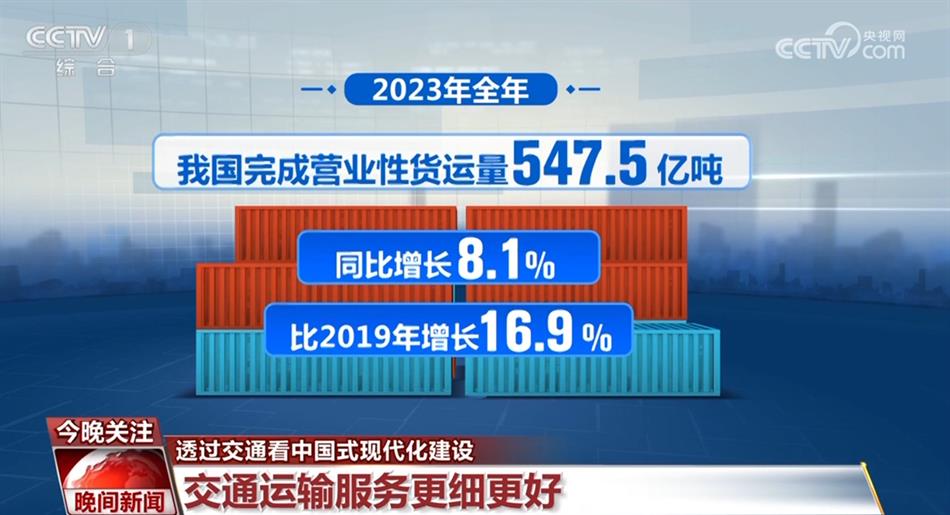
The transportation service is finer and better. In 2023, China’s commercial freight volume was 54.75 billion tons, an increase of 8.1% year-on-year and an increase of 16.9% over 2019. In 2023, 61.25 billion people moved across regions, a year-on-year increase of 30.9%. The capacity of scientific and technological innovation and industrial governance of transportation has been continuously improved, and the cooperation with the outside world has been deepened.
Travel more convenient
During the Spring Festival holiday just past, did you participate in a "big project" with hundreds of millions of people flowing — — Spring Festival travel rush? Spring Festival travel rush relies on more newly opened routes, more optimized travel time and more advanced means of transportation to make every trip more convenient.
At the press conference, Li Xiaopeng, Minister of Transport, said that the mobility of people in Spring Festival travel rush this year was unprecedentedly active. In the first 33 days of Spring Festival travel rush in 2024, the cross-regional mobility of the whole society reached 7.204 billion person-times. Another profound change is that road self-driving has become the main force of travel.
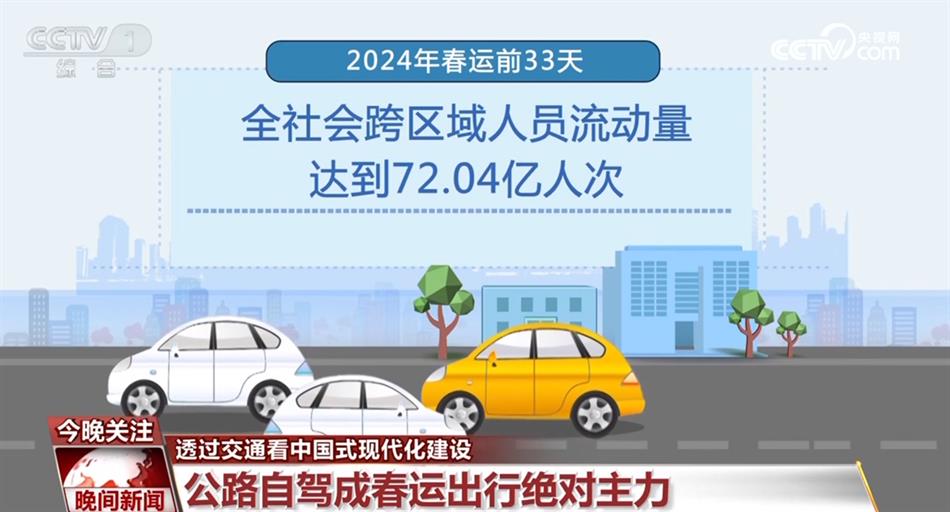
Li Xiaopeng, Minister of Transportation, said that in the first 33 days of Spring Festival travel rush, the number of self-driving passengers on expressways and ordinary national highways exceeded 5.8 billion, reaching a historical peak. The mobility of self-driving personnel accounts for 80.7% of the cross-regional mobility of the whole society, and "self-driving travel" has become the absolute main force of travel in Spring Festival travel rush.

More and more rural highway construction has opened up the rural microcirculation. According to the latest data from the Ministry of Transport, all qualified towns and villages in China have hardened roads, and 2.5 million kilometers of rural roads have been newly rebuilt in the past ten years. By the end of 2023, the total mileage of rural roads in China reached 4.6 million kilometers, and all qualified towns and villages in China were connected by bus.
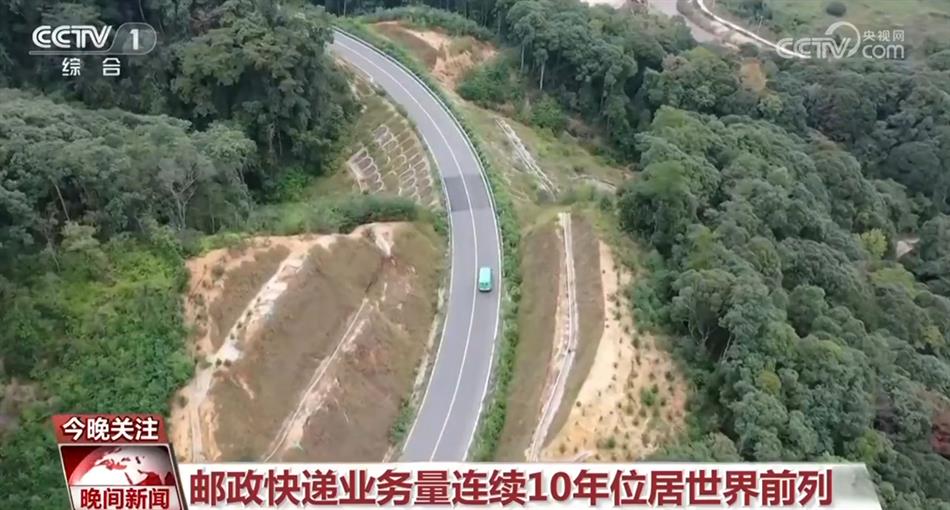
With the transportation network extending in all directions, China’s postal express business volume ranked first in the world for 10 consecutive years. The industry service network is smoother. All the established villages have realized direct postal service, and basically built a postal express service network covering urban and rural areas and reaching the whole world. In addition, the Ministry of Transport will further promote the integrated development of rural passenger and freight postal operation mechanism, infrastructure, transportation routes and operational information. Make every effort to ensure the safe and efficient transportation of grain, agricultural machinery, agricultural materials and agricultural products.
Li Xiaopeng, Minister of Transport, said that better services will promote the overall revitalization of rural areas, accelerate the construction of rural industrial roads, tourist roads and resource roads, and help farmers find jobs nearby.
Smart travel
At present, China’s traffic construction is actively integrating with new digital technologies, and information infrastructure such as Beidou and 5G is deepening its application. The pace of construction of smart railways, smart highways, smart waterways, smart civil aviation and smart postal services in China has accelerated.
On January 19th this year, the Hangzhou-Shaoyong Expressway connecting Hangzhou, Shaoxing and Ningbo was completed and opened to traffic. At present, Hangzhou-Shaoyong Expressway is the expressway with the highest degree of intelligence and the most digital application in Zhejiang. Let’s follow the reporters at the reception desk to feel the wisdom of high speed.
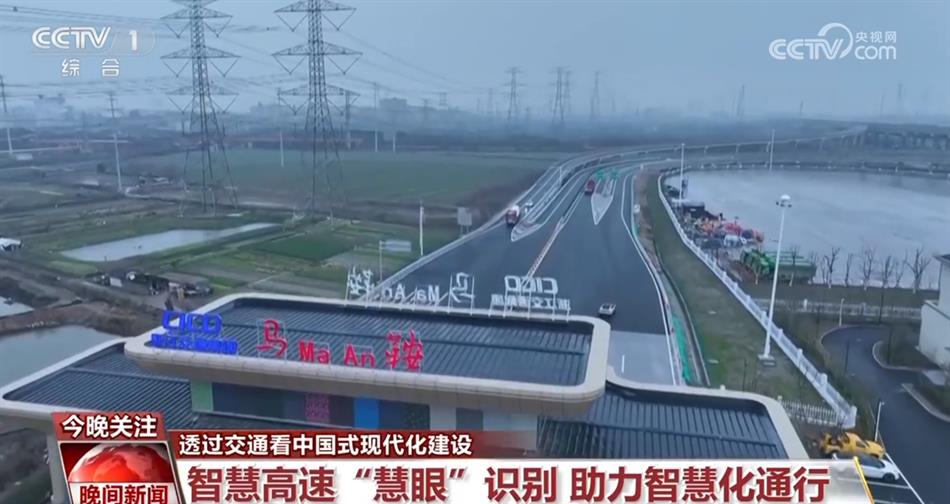
According to the reporter’s live report, after a period of experience, the reporter received 5— 6 rain reminders, 3-mdash; The road information of 4 times feels particularly accurate. How did this happen?
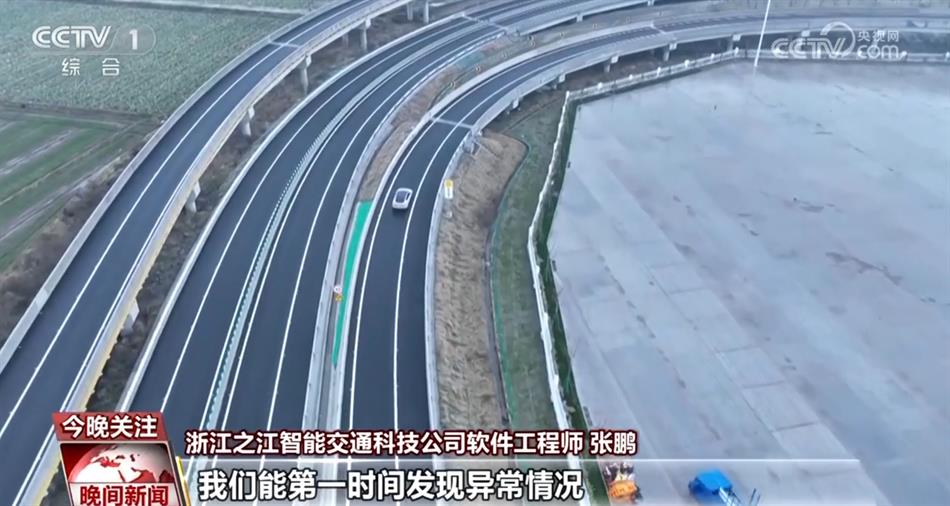
According to the technicians, in addition to conventional navigation, there are also special functions and services. Because there are many intelligent sensing devices on the highway, it can find the abnormal situation in the first time. When the owner is driving on the highway, the system will take the initiative to find it and push it to the user in seconds, so that the user can know what happened ahead and what the specific situation is.
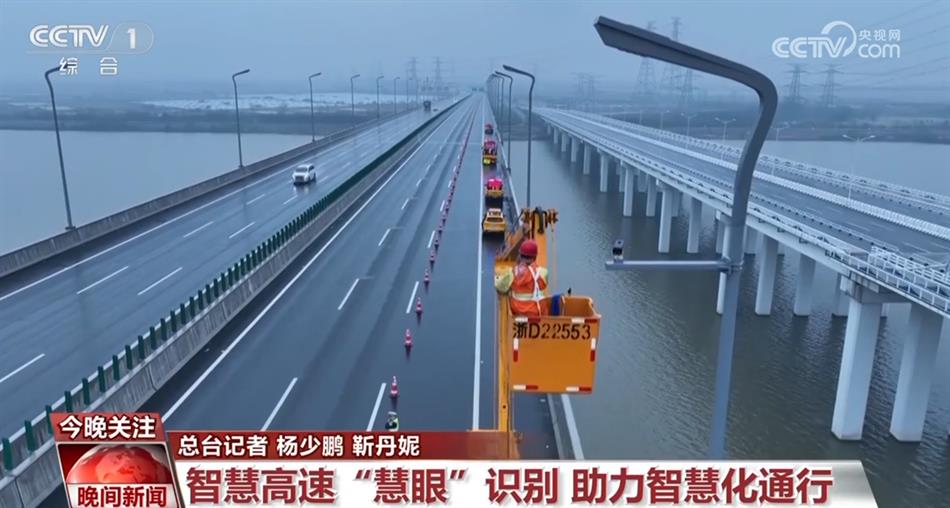
Since the intelligent high-speed operation for more than a month, it has actively seized more than 100 abnormal traffic incidents such as anchoring and throwing things. These events can be actively discovered within an average of 5 seconds. With the continuous operation of Smart Expressway, more and more data precipitation will make Smart Expressway more and more "smart".
Driverless driving also appears in more application scenarios. This one is an unmanned minibus located in a scenic spot in Deqing, Zhejiang.

According to the reporter’s report, at present, the unmanned minibus still needs to drive under the guidance of a safety officer. However, Huzhou City issued the latest detailed rules in January this year, and this unmanned minibus can no longer need a safety officer after driving over 20,000 kilometers on the open road, and it is replaced by remote monitoring.

In addition to unmanned minibuses, there are many autonomous driving scenes in Deqing. For example, the unmanned sweeper is serving the cleanliness of the city more efficiently. The unmanned express delivery vehicle is undergoing the final debugging, and will be officially put on duty next month, shuttling between cities to automatically deliver packages for you.
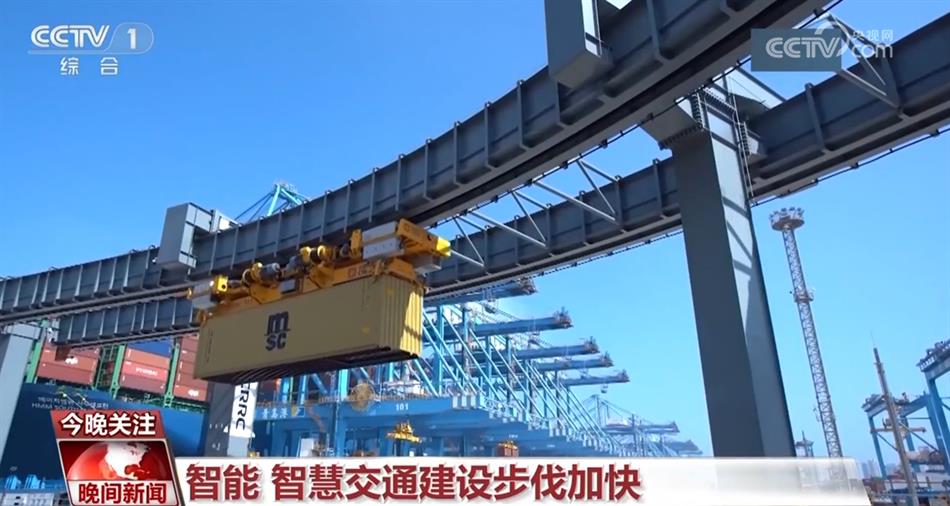
In addition to smart roads and unmanned driving, the scale of automated container terminals built and under construction in China ranks first in the world. The first domestic large-scale cruise ship was officially put into operation on New Year’s Day in 2024, the C919 domestic large aircraft was officially put into commercial operation, and the development of CR450 EMU continued to deepen. According to the latest data, up to now, the mileage of the national inland river electronic waterway map has exceeded 5,700 kilometers. More than 40 automated container terminals have been built and under construction. More than 10 million road transport and urban passenger vehicles have been installed using Beidou terminal, and the application rate of Beidou system in key areas exceeds 95%.